-
Produtos e acessórios endoscópicos
- Conjunto de sucção endoscópica e irrigação
- Tubulação de Insuflação
- Agulha Veress
- Tubulação de Insuflador Aquecido de Alto Fluxo
- Válvulas endoscópicas de uso único
- Câmera Endoscópio Mangas
- Conjunto de irrigação de artroscopia
- Tubulação de irrigação
- Tampa do sistema de enxaguamento
- Escovas de limpeza de canal de endoscopia
- Armadilha de pólipo
-
Respiratório
- Cânula de oxigênio nasal
- Máscara de Capnografia
- Máscara de oxigênio
- Máscara não rerespirando
- Máscara de Venturi
- Multi-Vent Máscara
- Máscara Nebulizador
- Nebulizador com pedaço de boca
- Máscara de traqueostomia
- Ezscope descartável™Pro Broncho
- Bocal de válvula unidirecional
- Clipe de nariz
- Kit de filtro e bocal ABC
- Exercitador de respiração
- Cateter de sucção fechado
- Cateter de sucção
- Válvula de vácuo de controle de muco
- Armadilha de espécime de muco
- Extrator de Muco
- Extrator de muco com bainha protetora
- Tubo de aspiração descartável
- Anestesia
-
Gestão das vias aéreas
- Via aérea orofaríngea
- Via aérea nasofaríngea
-
Máscara laríngea das vias aéreas
- Máscara laríngea de PVC padrão das vias aéreas
- Máscara laríngea de PVC reforçada das vias aéreas
- 90 graus de PVC máscara laríngea airway
- Padrão de silicone máscara laríngea airway
- Máscara laríngea de silicone reforçado via aérea
- Máscara laríngea reutilizável via aérea
- Reutilizável máscara laríngea reforçada das vias aéreas
-
Tubo de traqueostomia
- Tubo de traqueostomia ajustável celestial
- Tubo de traquestomia celestial com neosucção
- Tubo de traquestomia reforçada celestial
- Tubo de traqueostomia Serenidade
- Kit de tubo de traqueostomia serenidade
- Tubo de traqueostomia de serenidade com neosucção
- Kit de tubo de traqueostomia de serenidade com neosucção
- Tubo de traqueostomia fenestrada Grasmere
- Kit de tubo de traqueostomia fenestrada Grasmere
- Tubo de traqueostomia não ajustável Azure
- Tubo de traqueostomia tipo S
- Tubo de traqueostomia Pedi
- Tubo endotraqueal
- Tubo endotraqueal introdutor
- Estileto de Intubação
-
Cirurgia de sucção
- Alça Yankauer Flexi-Clear
-
Alça Yankauer
- Alça SpeedFlow Yankauer
- Dica simples Yankauer
- Flange ponta Yankauer
- Ponta cônica Yankauer
- On/Off Yankauer com ponta simples
- Yankauer on/off com ponta afilada
- Ponta da lâmpada Yankauer
- Dica da coroa Yankauer
- Alça de sucção Poole flexível
- CH30 Yankauer alça e tubo de conexão de sucção CH35
- Ponta lisa de duas peças Yankauer
- Dica de bico de pato Yankauer
- Alça de sucção Poole
- Tubo de sucção ENT
- Sonda de sucção
- Yankauer ortopédico/ortopédico
- Aspirador Dica Cirúrgica
- Tubo de conexão de sucção
- Forro macio de vasilha de sucção
- Vasilha de sucção rígida
- Vasilha de sucção com kit de filtro
- Vasilha exterior reutilizável
- Sistema de drenagem de feridas de vácuo
- Ligador de bandagem de hemorróidas
- Conector
- Adaptador de controle de vácuo
- Cirurgia Cardiotorácica
- Produtos e acessórios laparascópicos
- Ginecologia
-
Urologia
- CathVantage™Cateter Intermitente Hidrofílico Portátil
-
Cysto/conjunto de irrigação da bexiga
- M-fácil conjunto de irrigação da bexiga
- Conjunto de irrigação de bexiga B-cylind
- S-tur conjunto de irrigação da bexiga
- S-uni conjunto de irrigação de bexiga
- B-uro conjunto de irrigação da bexiga
- Conjunto de irrigação da bexiga Premi
- Conjunto de irrigação da bexiga com bomba J
- Conjunto de irrigação da bexiga J-tur
- H-bomba de Irrigação Da Bexiga
- Conjunto de Irrigação da Bexiga de Sup-flow
- Conjunto de irrigação de bordo
- Conjunto de irrigação de peônia
- Cateter Nelaton
- Saco de drenagem urinária
- Saco de perna de drenagem urinária
- Kits de enema
- Kits de banho Sitz
- Clique em Seal Specimen Container
- Cateter masculino de silicone
- Cateter e adaptador de torneira
- Triway Stop Cock
- Conjunto de irrigação de sândalo
- Conjunto de Irrigação Freesia
- Conjunto de irrigação de narciso
-
Cirurgia Geral
- Sistema de Atomizador de Perfusão
- Tubo de depósito gástrico
- Aplicador de pó hemostático
- Drape magnético
- Imobilizador Cirúrgico Mão
- Conjunto de administração para sangue
- Conjunto de irrigação dentária
- Orelha/Úlcera seringa
- Seringa de irrigação de lâmpada
- Seringa de irrigação Toomey
- Seringa de irrigação dentária
- Dispositivo de decantação
- Cânula de mistura
- Dispositivo de atomização da mucosa
- Forro da bacia/cortina da bacia
- Tampa da alça da câmera
- Capa de alça de luz
- Escova médica
- Stick de esponja
- Retriever de sutura
- Contador de agulha
- Tubo de calibração descartável
- Infusor de pressão
- Heparina Boné
- Tampa de proteção
- Seringa de irrigação de lâmpada 100ML
- Marcador escleral
- Alça de luz cirúrgica
- Nutrição enteral
- Equipamento médico durável
- Equipamento de proteção individual
- Produtos COVID-19
- Dispositivo médico PVC-FREE
- Departamento de E.N.T
- Soluções de Gestão de Temperatura
- Operação
- Sistema de Manuseio de Pacientes
- Emergência
-
-
 HOSPITALAR 2024Apr 28 , 2024
HOSPITALAR 2024Apr 28 , 2024 -
-
-
Cateter de sucção fechado
O cateter de sucção fechado é usado principalmente para terminar o processo de sucção de expectoração. Ao contrário do cateter de sucção comum, que precisa cortar a máquina de respiração durante o uso, os cateteres de sucção fechada têm vários conectores para manter a conexão com a cânula de traqueia e a máquina de respiração.
Tipo de cateter de sucção fechado
How Closed Suction Catheters Enhance Patient Safety and Comfort
Closed suction catheters represent a significant advancement in patient care, primarily due to their ability to enhance patient safety and comfort. This is achieved through several key features and functions:
Maintaining a Sterile Environment: The closed system design of these catheters significantly reduces the risk of introducing airborne pathogens into the patient's airway. This is especially critical for patients with compromised immune systems or those in intensive care units. By maintaining a sterile environment, closed suction catheters help in preventing ventilator-associated pneumonia and other respiratory infections.
Continuous Ventilation and Oxygenation: Unlike open suction methods, closed suction catheters allow for the continuous delivery of oxygen and ventilation. This feature is crucial for critically ill patients who require constant respiratory support. It minimizes the risk of hypoxia (low oxygen levels in the blood), a common issue with traditional suctioning methods that require disconnecting the ventilator.
Reduced Trauma and Discomfort: The design of closed suction catheters also minimizes trauma to the airways. Traditional suctioning can be uncomfortable and even painful for patients, as it often involves inserting and removing the catheter multiple times. Closed systems allow for more gentle and less frequent suctioning, significantly reducing patient discomfort.
Customization and Control: Modern closed suction catheters come equipped with features that allow healthcare professionals to customize suction levels and durations based on the patient's specific needs. This capability ensures that suctioning is done effectively without causing undue stress or harm to the patient.
Enhanced Monitoring Capabilities: Many closed suction systems now include integrated monitoring tools, providing real-time data on suction pressure and volume. This advancement allows for more informed decision-making and precise adjustments, further ensuring patient safety and comfort.
How to use Closed Suction Catheters?
1.Regular Assessment and Monitoring It's crucial to regularly assess the patient's need for suctioning. Overuse can lead to mucosal damage, while underuse may result in airway blockage. Continuous monitoring of respiratory parameters is essential to determine the right frequency of suctioning.
2.Maintaining Sterility: To prevent infection, the sterility of the closed suction system must be maintained at all times. This includes proper handling of the catheter and avoiding unnecessary disconnections. The use of gloves and aseptic techniques is imperative.
3.Customized Suctioning Protocol: Each patient’s needs are unique. Factors such as the amount of secretions, the patient's condition, and the presence of any respiratory diseases should guide the suctioning protocol. Customizing the suction pressure and duration to the patient's requirements is vital for effective and safe suctioning.
4.Regular Training and Education: Healthcare professionals should be well-trained in the use of closed suction catheters. Regular training sessions and updates on new technologies and practices in the field are essential to maintain high standards of care.
5.Patient Comfort and Communication: When possible, communicate with the patient about the procedure. Ensuring patient comfort and explaining the steps can alleviate anxiety and improve cooperation, particularly in conscious patients.
Frequently Asked Questions (FAQs) for Closed Suction Catheter
Q1: What is a closed suction catheter?
A1: A closed suction catheter is a medical device used to remove secretions from a patient's airway without disconnecting them from the ventilator. It's part of a closed system, meaning it maintains a continuous connection to the ventilator circuit, allowing for safer, more efficient airway clearance while minimizing exposure to airborne pathogens.
Q2: What are the benefits of a closed suction catheter?
A2: The primary benefits of closed suction catheters include reduced risk of infection, continuous oxygenation and ventilation during suctioning, minimal airway trauma, and enhanced patient comfort. These systems also reduce healthcare workers' exposure to potential pathogens and allow for more consistent respiratory care for patients, especially those in critical condition.
Q3: How often are closed suction catheters changed?
A3: Closed suction catheters typically need to be changed every 24 to 72 hours, depending on the manufacturer's recommendations and the patient's condition. The decision to change a catheter should be based on an assessment of its functionality, the patient's needs, and the potential risk of infection. Regular monitoring and adherence to hygiene protocols are crucial to determine the appropriate frequency of changes.
Q4: Which is better, closed or open suctioning?
A4: The choice between closed and open suctioning depends on the patient's condition and clinical setting. Closed suctioning is generally preferred in critical care environments as it maintains continuous ventilation, minimizes oxygen desaturation, and reduces the risk of infection. Open suctioning may be used in less critical situations but involves disconnecting the patient from the ventilator, which can have drawbacks such as hypoxia and exposure to pathogens.
Customer Reviews for GCmedica Closed Suction Catheter
1.Julia Müller
★ ★ ★ ★ ★"They've made a significant difference in patient care"
2.Sofia Johansson
★ ★ ★ ★ ★"I have seen a notable improvement in patient outcomes since we started using closed suction catheters."
3.Elena Rodriguez
★ ★ ★ ★ ★"They've not only improved patient safety but also made our work as nurses more efficient and less stressful. "


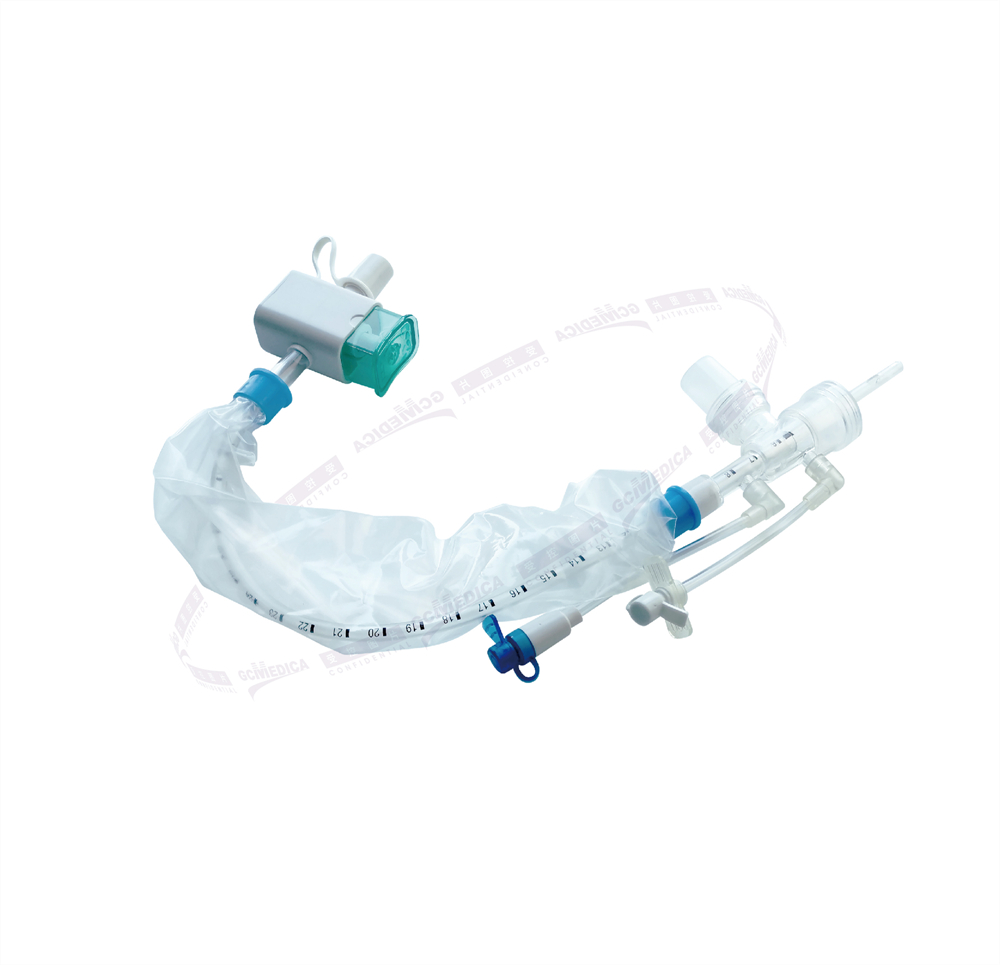
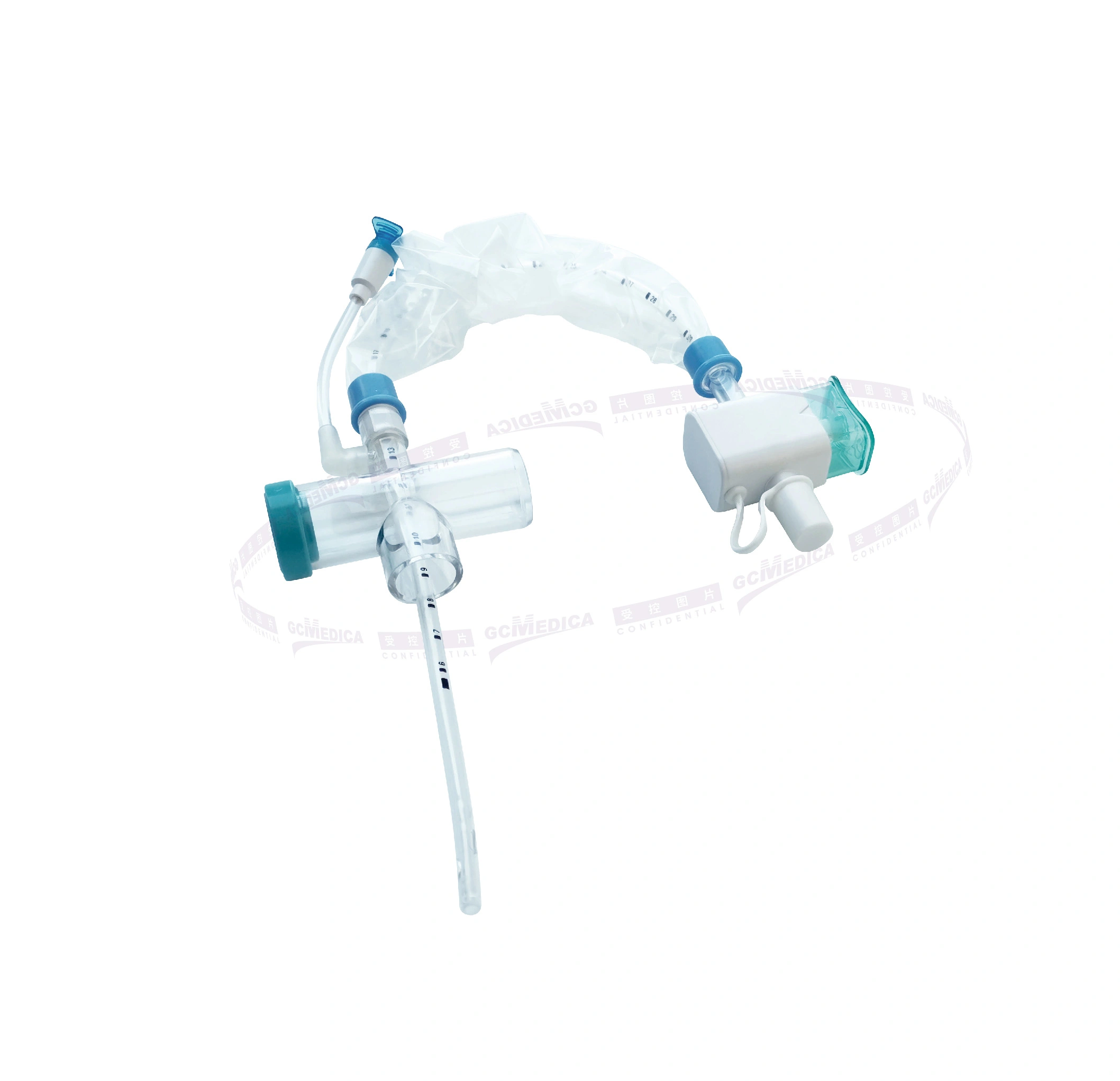
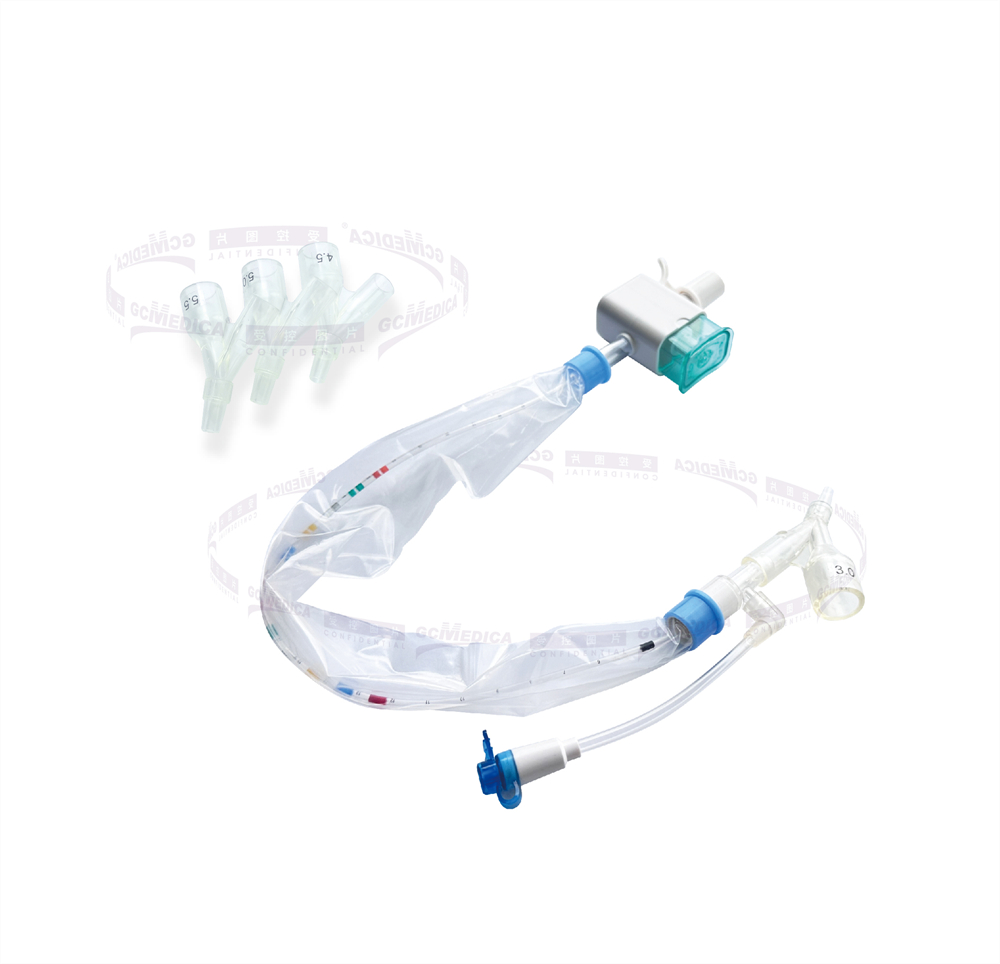

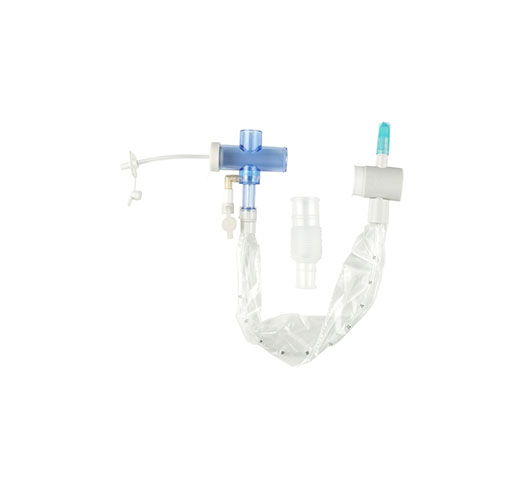


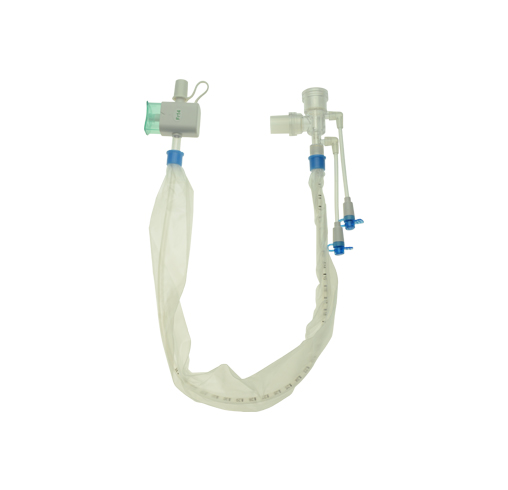 +
+
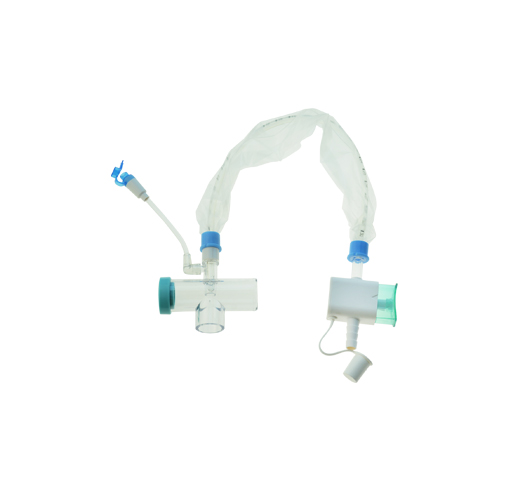 +
+
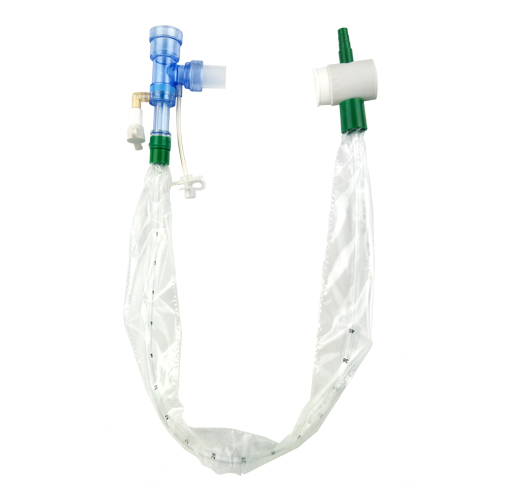 +
+